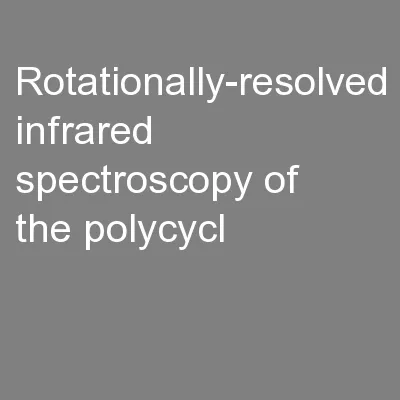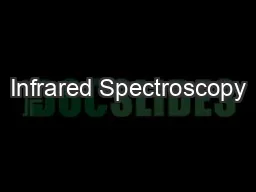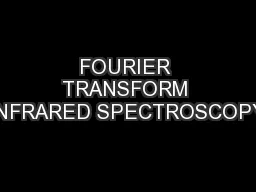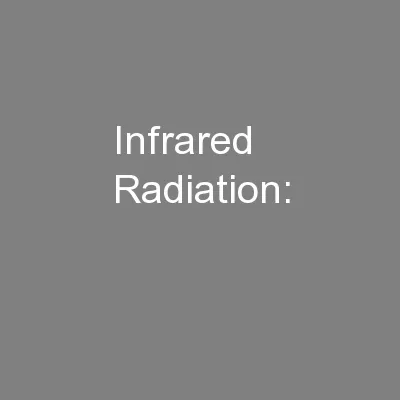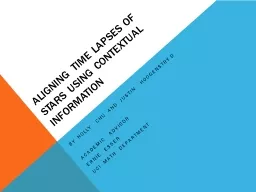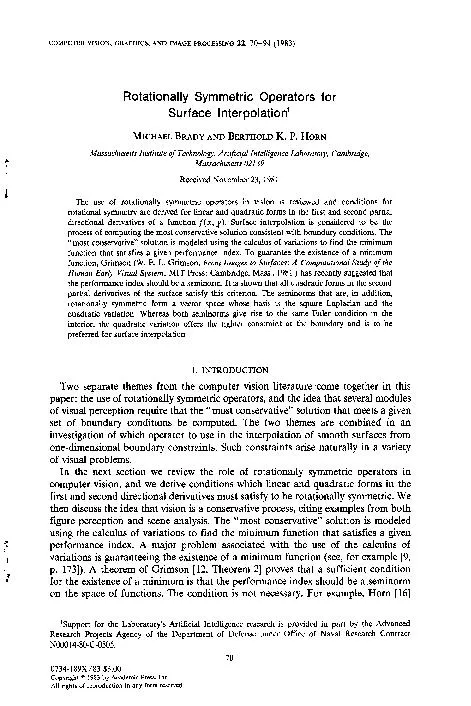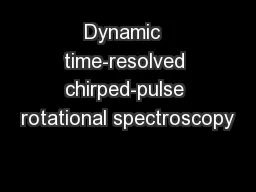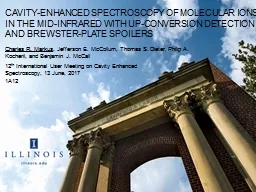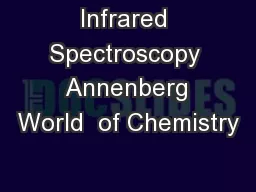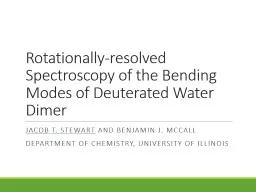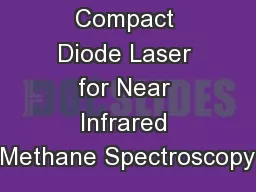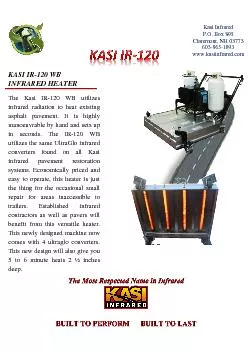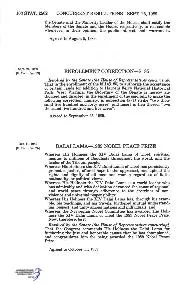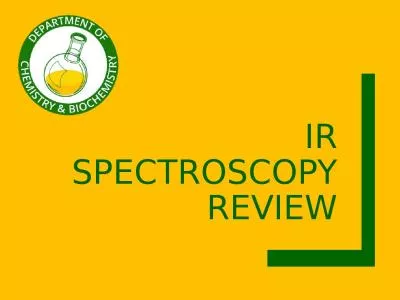PPT-Rotationally-resolved infrared spectroscopy of the polycycl
Author : alexa-scheidler | Published Date : 2016-06-19
pyrene C 16 H 10 using a quantum cascade laserbased cavity ringdown spectrometer Jacob T Stewart and Brian E Brumfield Department of Chemistry University of Illinois
Presentation Embed Code
Download Presentation
Download Presentation The PPT/PDF document "Rotationally-resolved infrared spectrosc..." is the property of its rightful owner. Permission is granted to download and print the materials on this website for personal, non-commercial use only, and to display it on your personal computer provided you do not modify the materials and that you retain all copyright notices contained in the materials. By downloading content from our website, you accept the terms of this agreement.
Rotationally-resolved infrared spectroscopy of the polycycl: Transcript
Download Rules Of Document
"Rotationally-resolved infrared spectroscopy of the polycycl"The content belongs to its owner. You may download and print it for personal use, without modification, and keep all copyright notices. By downloading, you agree to these terms.
Related Documents

